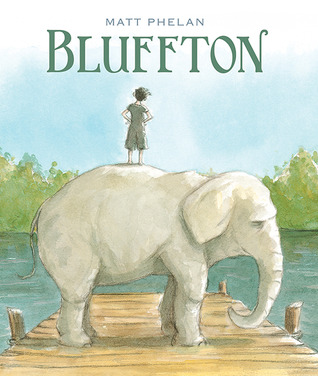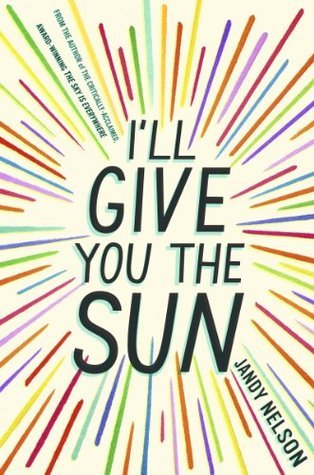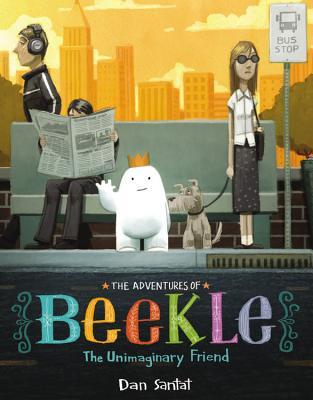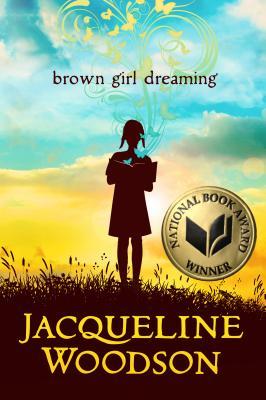A decade of ‘Twilight’ has left its mark on pop culture. From The Salt Lake Tribune.
Stephenie Meyer Explains Her Gender-Flipped Twilight. From Vulture.
Does a Gender-Inverted ‘Twilight’ Prove the Story Isn’t Sexist? From Flavorwire.
Stephenie Meyer says E.L. James’ ‘Grey’ stopped her from finishing ‘Midnight Sun.’ From Hypable.
Which National Book Award Fiction Finalist is Right for You? From PW.
Rainbow Rowell's Carry On: meta-fan fiction, or simply a novel? From The Guardian.
Rick Riordan explains how he translated Norse myths for kids in Magnus Chase. From Entertainment Weekly.
How ‘Goosebumps’ author R.L. Stine became the king of kids’ horror. From The Boston Globe.
Finalists for 2015 National Book Award in Young People's Literature Announced. From PW.
N.J. school district bans John Green's 'Looking for Alaska.' From nj.com.
“Life Story,” Virginia Lee Burton’s Picture Book for the Ages. From The New Yorker.
Global Tour Set for Next Wimpy Kid Book. From PW.
How Philip Pullman's The Golden Compass changed one girl's life. From Studio 360.
Taye Diggs on writing Mixed Me! for his son: 'He shouldn't have to explain himself to anyone.' From Entertainment Weekly.
'Heather Has Two Mommies' Author On The Struggle To Publish Gay Books. From The Huffington Post.
NYCC 2015: Publishers Chase Growth in Kids', Girls’ Graphic Novels. From PW.
Into the River book ban lifted. From nzherald.co
The Hidden Depths of Sandra Boynton’s Board Books. From The New Yorker.
Katherine Applegate: 'I love middle graders' deep concern for fairness.' From The New Yorker.













